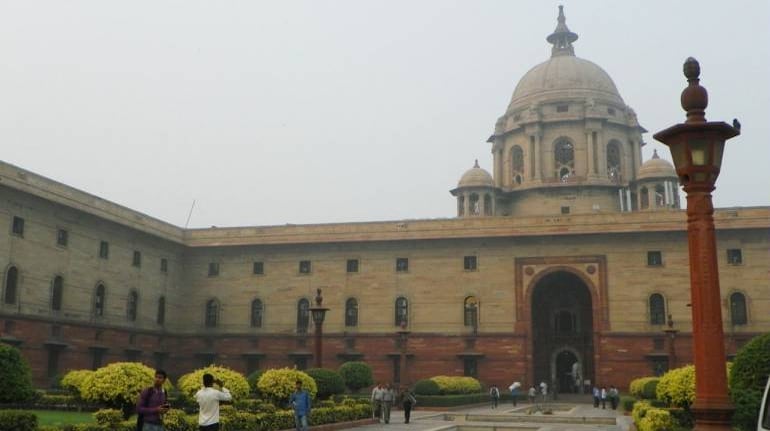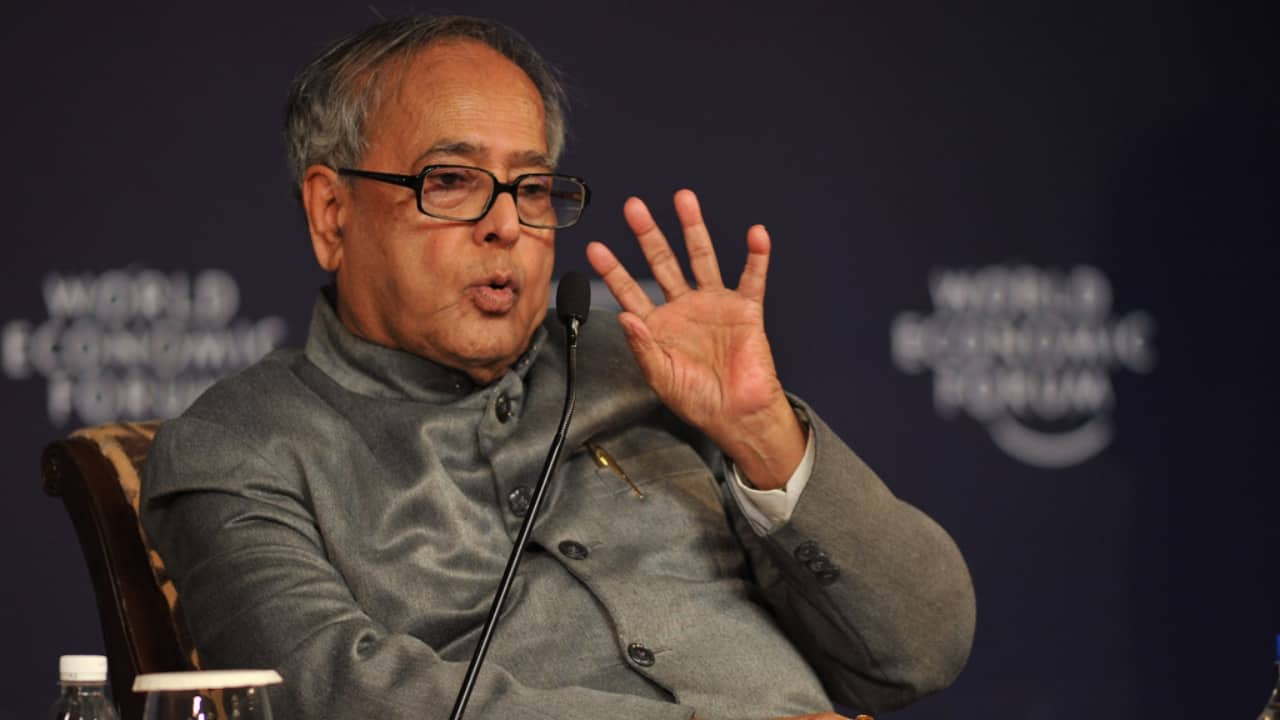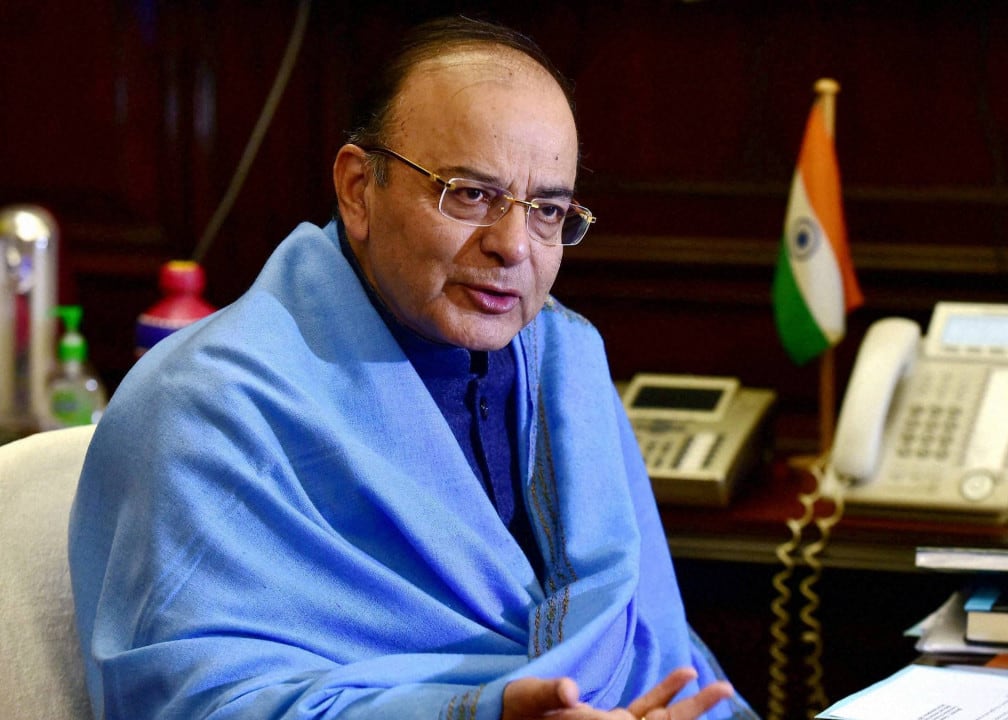



"The fiscal affairs of a government, unlike a private company, are of direct concern to its citizens and to international parties which interact with it."
Thus began the January 2017 report (PDF) of the committee set up to review the Fiscal Responsibility and Budget Management (FRBM) Act.
The FRBM Act, which came into force in July 2004, spelt out a framework to improve government finances – both at the Centre and state levels. Ahead of the budget for 2023-24, Moneycontrol takes a look at what the law says and how various governments over the last two decades have acted.
Suspension of targets
Under the FRBM Act, the Centre and states are mandated to reduce their fiscal deficit to 3 percent of GDP. While the original timeline said this should be achieved by 2008-09, it was done a year in advance. However, the Comptroller and Auditor General of India and the FRBM Review committee have said this was achieved by underreporting of true numbers and deferment of expenditure liabilities.
However, in early 2009, the FRBM Act's targets were suspended after the global financial crisis.

"Extraordinary economic circumstances merit extraordinary measures. Now is the time for such measures," the then finance minister, Pranab Mukherjee, said in his interim budget speech ahead of the general elections and in the aftermath of the onset of the global financial crisis. Mukherjee then announced a fiscal deficit target of 5.5 percent of GDP for 2009-10, saying the government would return to the FRBM targets "once the economy is restored to its recent trend growth path".
New consolidation roadmap
In the interim budget before the 2014 general election, the then finance minister P Chidambaram set a fiscal deficit target of 4.1 percent for 2014-15.
His successor, Arun Jaitley, noted in his speech in the full budget in July 2014 that the target given by Chidambaram was "a very difficult task".
"Difficult, as it may appear, I have decided to accept this target as a challenge. One fails only when one stops trying," Jaitley said, saying that the fiscal deficit would be cut to 3 percent in 2016-17.

While Jaitley would go on to lower the fiscal deficit to 4.1 percent in 2014-15, the target underwent several revisions in subsequent years. In his second budget speech, Jaitley redrew the roadmap and said the fiscal deficit would be brought down to 3 percent in 2017-18.
FRBM review
In his third budget speech, for 2016-17, Jaitley announced the setting up of the FRBM Review committee. His speech did not mention the fiscal deficit target for the year but budget documents showed it was set at 3.5 percent, as he had stated the previous year.
However, February 2017 saw the roadmap redrawn again, with the target for 2017-18 set at 3.2 percent. Jaitley said the fiscal deficit would be cut to 3 percent in 2018-19.
But come February 2018, the target for 2018-19 was set at 3.3 percent after the 2017-18 target was missed by 30 basis points. However, Jaitley did accept the FRBM Review committee's recommendation to bring down the Centre's debt-to-GDP ratio to 40 percent.
With Jaitley's health taking a turn for the worse, Piyush Goyal stepped in for the 2019-20 budget. The fiscal deficit target for 2018-19 had been missed by 10 basis points and a target of 3.4 percent was set for 2019-20. According to Goyal, this breach was due to the introduction of the income support scheme for farmers.
Escape clause activated
With the economy slowing down – GDP growth fell to 3.7 percent in 2019-20 – Finance Minister Nirmala Sitharaman decided to activate the 'escape clause' inserted into the FRBM Act following the acceptance of some of the recommendations of the review committee.
As per the clause, the government can deviate from the fiscal deficit target by up to 50 basis points in cases of national security, war, a national calamity, collapse of the farm sector, far-reaching structural reforms with unanticipated fiscal implications, or a sharp fall in real GDP growth of at least 300 basis points below the average for the previous four quarters.

In her second budget speech, Sitharaman activated this clause, citing the unexpected fiscal impact of the structural reforms the government had undertaken - alluding to the corporate tax rate cuts of September 2019 and the introduction of the Good and Services Tax regime before that - as the reason. The target for 2020-21 was set at 3.5 percent and the deficit was projected to decline to 3.1 percent in 2022-23.
Less than two months after Sitharaman's Budget speech, the country was in lockdown due to the coronavirus pandemic.
4.5 is the new 3
The pandemic had a huge shock on the economy, which in turn decimated government finances: expenditure mounted while revenue was depressed. This led to the fiscal deficit for 2019-20 – a year which was already facing a sharp slowdown before COVID hit in the last quarter – rising to 4.6 percent, 120 basis points higher than the target.
The target of 3.5 percent for 2020-21 quickly became obsolete and the final number came at 9.2 percent as the government also used the opportunity to clean up its books.
Sitharaman rapidly brought down the deficit to 6.9 percent in 2021-22 – 10 basis points more than the target. She also said the Centre would bring it down below 4.5 percent by 2025-26, with states expected to reach a fiscal deficit of 3 percent by 2023-24.
No mention was made of the 3 percent target for the Centre.
For this year, Sitharaman set the target at 6.4 percent. And with the first advance estimate of this year's GDP giving a fiscal room of 35 basis points, the finance ministry is on track to meet it, if not beat it.
Discover the latest Business News, Sensex, and Nifty updates. Obtain Personal Finance insights, tax queries, and expert opinions on Moneycontrol or download the Moneycontrol App to stay updated!
Find the best of Al News in one place, specially curated for you every weekend.
Stay on top of the latest tech trends and biggest startup news.